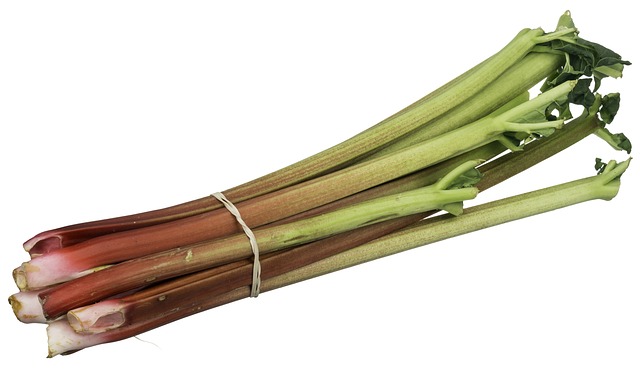It is a staggering statistic that estimates 1 in 2 men and 1 in 3 women will be confronted with a cancer diagnosis in their lifetime. What may be even harder to comprehend is that only 5–10% of all cancer cases can be attributed to genetic defects. The remaining 90–95% have their genesis in environmental and lifestyle factors. Consider this:
“The evidence indicates that of all cancer-related deaths, almost 25-30% are due to tobacco, as many as 30-35% are linked to diet, about 15-20% are due to infections, and the remaining percentage are due to other factors like radiation, stress, physical activity, environmental pollutants etc.”
https://www.ncbi.nlm.nih.gov/pubmed/18626751
The long and short of this is that there are lifestyle choices that we can make to tilt the odds more favourably in our direction.
Quit Smoking
 Go back to the quote above, “The evidence indicates that of all cancer-related deaths, almost 25-30% are due to tobacco”
Go back to the quote above, “The evidence indicates that of all cancer-related deaths, almost 25-30% are due to tobacco”
Eat Whole Foods
Whole, unprocessed foods give our bodies the nutrients that are needed to repair our tissues and fight off disease. Our bodies cannot synthesize all of the nutrients that are needed to function optimally. Proper nutrition fills in those missing pieces.
Keep Moving
 Move every day! Walk, run, yoga. Whatever your fancy just keep moving. Movement and exercise helps you to maintain a good weight, helps bust stress, helps to manage insulin levels and helps you to get a good night’s sleep.
Move every day! Walk, run, yoga. Whatever your fancy just keep moving. Movement and exercise helps you to maintain a good weight, helps bust stress, helps to manage insulin levels and helps you to get a good night’s sleep.
Manage Your Stress Level
Ongoing stress leads to inflammation. Ongoing inflammation can lead to disease. (You can take a look at my blog post to get a better understanding of inflammation.) Surround yourself with positive people. Forgive quickly. Laugh more.
Drink Less Hydrate More
Keep alcohol consumption to a minimum and water consumption to a maximum. Alcohol can be dehydrating and a stressor to your liver and kidneys. Drinking 6-8 glasses of water a day helps to maintain your fluid balance and detoxify your body.
Small changes daily can lead to big payoffs in the long run. Start today to build your cancer prevention lifestyle.










